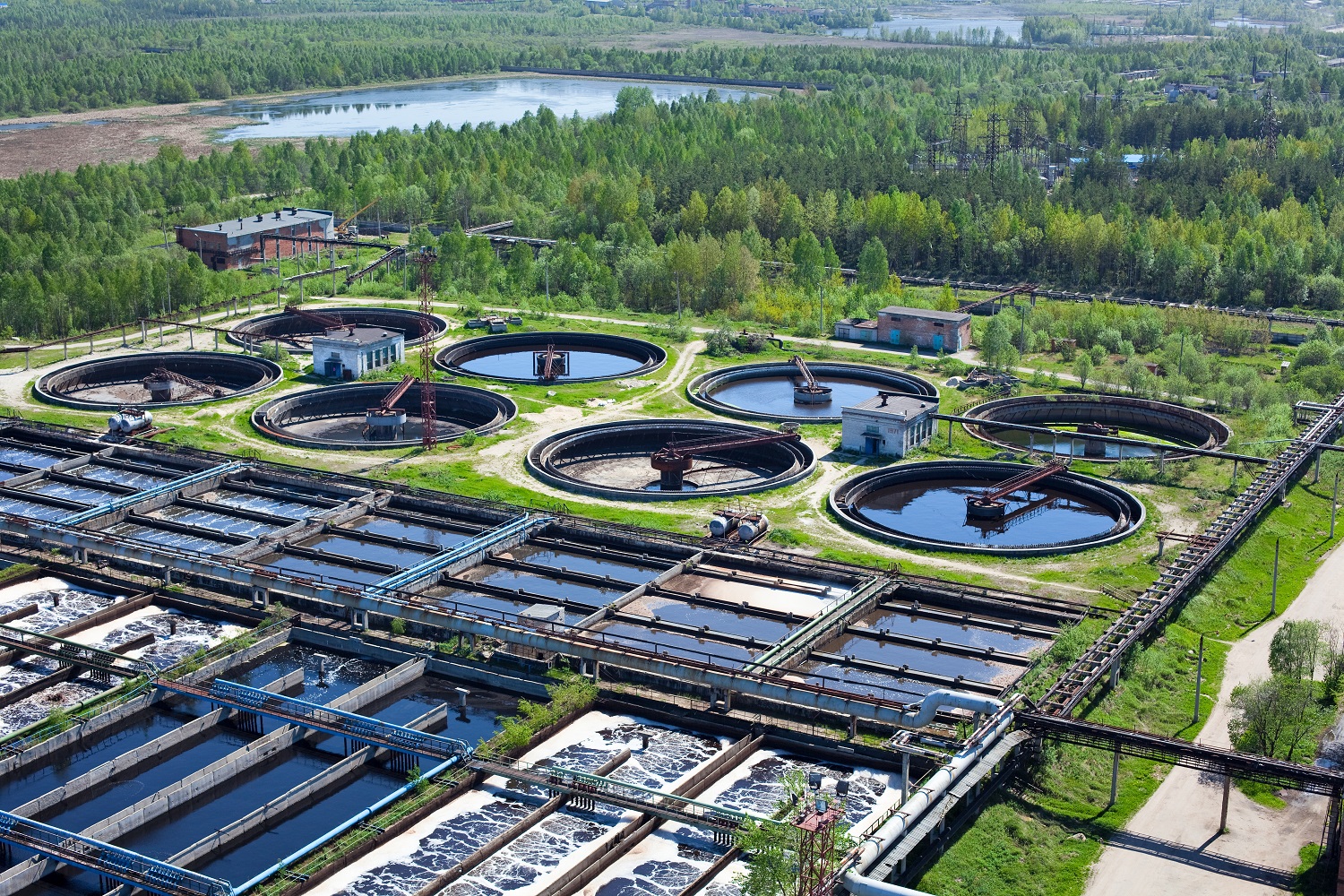
ISO has a series of standards to facilitate the safe and effective treatment of wastewater for irrigation projects and some have recently been updated with others to follow in 2021.
Treating wastewater to make it available for other uses such as irrigation is a powerful solution to water scarcity, yet it can pose risks to health and the environment if water quality and methods of treatment are not appropriate. The following standards have been updated:
- Guidelines for treated wastewater use for irrigation projects – Part 1: The basis of a reuse project for irrigation (ISO 16075-1)
- Guidelines for treated wastewater use for irrigation projects – Part 2: Development of the project (ISO 16075-2)
Both sets of guidelines can maximise benefits and reduce related risks incurred in agricultural irrigation systems. They outline the factors to be considered in such projects, namely water quality, soil and climate, the effects these can have on water quality and ways of improving it.
Other standards in the series, also being updated, include:
- Guidelines for treated wastewater use for irrigation projects – Part 3: Components of a reuse project for irrigation (ISO 16075-3) and
- Guidelines for treated wastewater use for irrigation projects – Part 4: Monitoring (ISO 16075-4)

